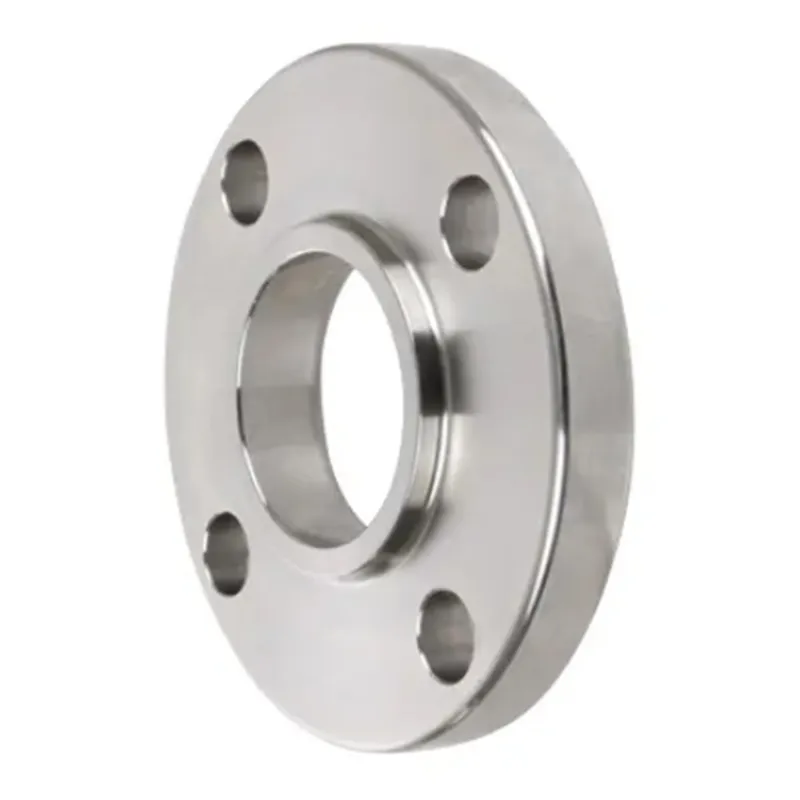-
Cangzhou Yulong Steel Co., Ltd.
-
Phone:
+86 13303177267 -
Email:
admin@ylsteelfittings.com
- English
- Arabic
- Italian
- Spanish
- Portuguese
- German
- kazakh
- Persian
- Greek
- French
- Russian
- Polish
- Thai
- Indonesian
- Vietnamese
- Zulu
- Korean
- Uzbek
- Hindi
- Serbian
- Malay
- Ukrainian
- Gujarati
- Haitian Creole
- hausa
- hawaiian
- Hebrew
- Miao
- Hungarian
- Icelandic
- igbo
- irish
- Japanese
- Javanese
- Kannada
- Khmer
- Rwandese
- Afrikaans
- Albanian
- Amharic
- Armenian
- Azerbaijani
- Basque
- Belarusian
- Bengali
- Bosnian
- Bulgarian
- Catalan
- Cebuano
- China
- China (Taiwan)
- Corsican
- Croatian
- Czech
- Danish
- Esperanto
- Estonian
- Finnish
- Frisian
- Galician
- Georgian
- Kurdish
- Kyrgyz
- Lao
- Latin
- Latvian
- Lithuanian
- Luxembourgish
- Macedonian
- Malgashi
- Malayalam
- Maltese
- Maori
- Marathi
- Mongolian
- Myanmar
- Nepali
- Norwegian
- Norwegian
- Occitan
- Pashto
- Dutch
- Punjabi
- Romanian
- Samoan
- Scottish Gaelic
- Sesotho
- Shona
- Sindhi
- Sinhala
- Slovak
- Slovenian
- Somali
- Sundanese
- Swahili
- Swedish
- Tagalog
- Tajik
- Tamil
- Tatar
- Telugu
- Turkish
- Turkmen
- Urdu
- Uighur
- Welsh
- Bantu
- Yiddish
- Yoruba

Sep . 29, 2024 02:03 Back to list
Utilizing Galvanized Pipes for Safe and Efficient Natural Gas Infrastructure
Using Galvanized Pipe for Natural Gas Safety and Considerations
When it comes to transporting natural gas in residential and commercial settings, the choice of piping material is critical for safety and efficiency. One option that has been used historically is galvanized pipe. Galvanized pipes, coated with a layer of zinc to prevent rust and corrosion, have been popular in various plumbing applications. However, using galvanized pipe for natural gas raises several important considerations that both professionals and homeowners should be aware of.
What is Galvanized Pipe?
Galvanized pipe is steel or iron pipe that has been coated with zinc to protect it from corrosion. This coating is achieved through hot-dip galvanization, where the pipe is submerged in molten zinc, creating a thick, protective layer. The primary benefit of galvanized pipes is their resistance to rust, which makes them suitable for water supply lines and other applications where moisture is present.
The Case for Natural Gas
Natural gas is typically transported through pipes made from materials such as polyethylene, stainless steel, or black iron. However, the question arises Can galvanized pipes be safely used for transporting natural gas? While they are durable and resistant to corrosion, there are several concerns associated with their use.
Corrosion and Internal Build-Up
One of the main issues with galvanized pipes is the potential for internal corrosion. Over time, the zinc coating can wear away due to the natural gases or other compounds in the gas. This wear can lead to internal rust formation, which may eventually flake off and clog the pipe, potentially causing blockages or even leaks. The buildup not only restricts gas flow but can also present a significant safety hazard.
using galvanized pipe for natural gas

Low Temperature Performance
Natural gas pipelines operate under various temperatures and pressures. Galvanized pipes, while suitable for water, may not perform well under the conditions typical for gas transport. Cold weather can make the metal brittle, increasing the risk of fractures or breaks. Furthermore, the transition from warmer to cooler environments might lead to condensation, which, paired with rust inside a galvanized pipe, could compromise its structural integrity.
Safety Regulations
When installing gas lines, safety must be the top priority. The National Fire Protection Association (NFPA) and local building codes often specify materials that are permissible for gas transport. In many jurisdictions, galvanized pipe is not approved for natural gas applications due to the aforementioned risks. Instead, black iron or steel, which are specifically designed to handle the rigors of gas transport, are recommended.
Alternatives to Galvanized Pipe
For those looking to install or replace natural gas piping, there are safer alternatives to galvanized pipe. Black iron pipe is a widely accepted choice due to its strength and reliability in gas applications. Additionally, polyethylene piping is becoming increasingly popular, especially for underground installations, as it is lightweight, resistant to corrosion, and easy to install.
Conclusion
While galvanized pipes may have been used in the past for transporting natural gas, modern safety standards and technological advancements have led to better alternatives. The risks associated with corrosion, internal buildup, and performance under varying temperatures make galvanized pipe a less favorable choice. Homeowners and professionals alike should adhere to local regulations and opt for materials specifically designed for effective and safe natural gas transportation. By making informed decisions regarding gas piping, we can ensure the safety of our homes and communities.
Latest news
-
ANSI 150P SS304 SO FLANGE
NewsFeb.14,2025
-
ASTM A333GR6 STEEL PIPE
NewsJan.20,2025
-
ANSI B16.5 WELDING NECK FLANGE
NewsJan.15,2026
-
ANSI B16.5 SLIP-ON FLANGE
NewsApr.19,2024
-
SABS 1123 FLANGE
NewsJan.15,2025
-
DIN86044 PLATE FLANGE
NewsApr.19,2024
-
DIN2527 BLIND FLANGE
NewsApr.12,2024
-
JIS B2311 Butt-Welding Fittings LR/SR 45°/90° /180°Seamless/Weld
NewsApr.23,2024











